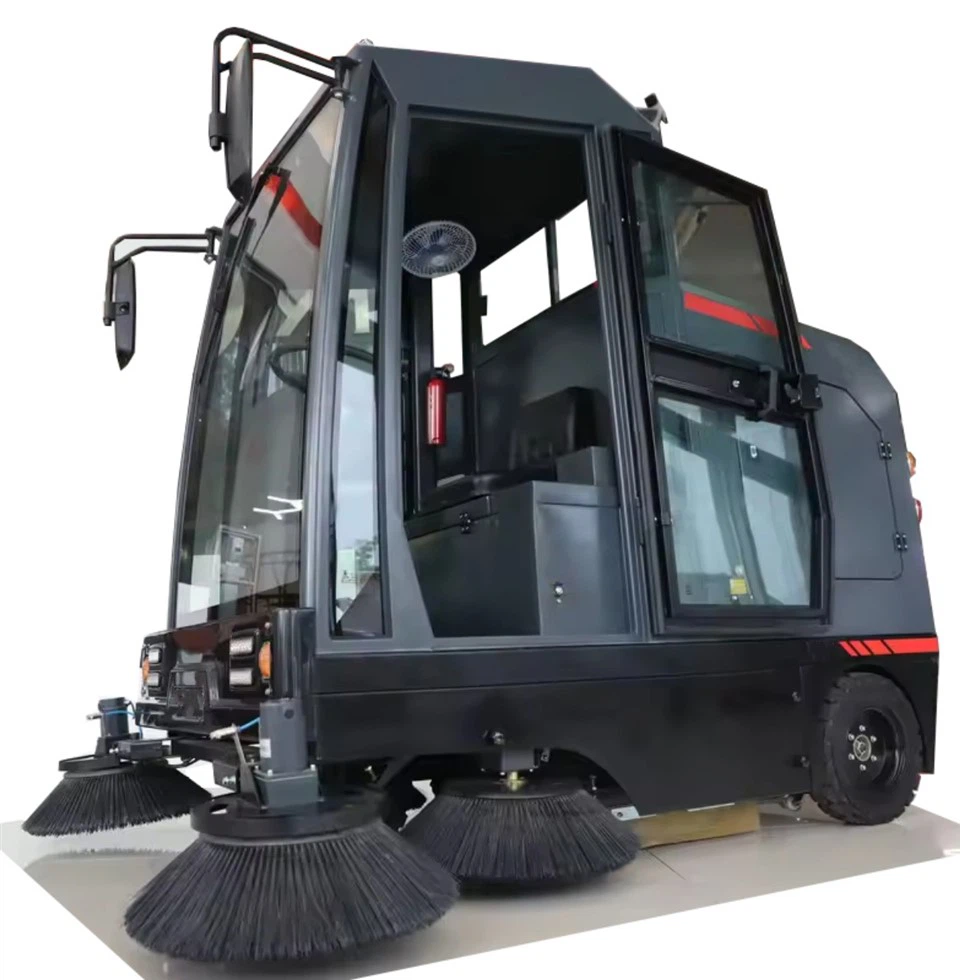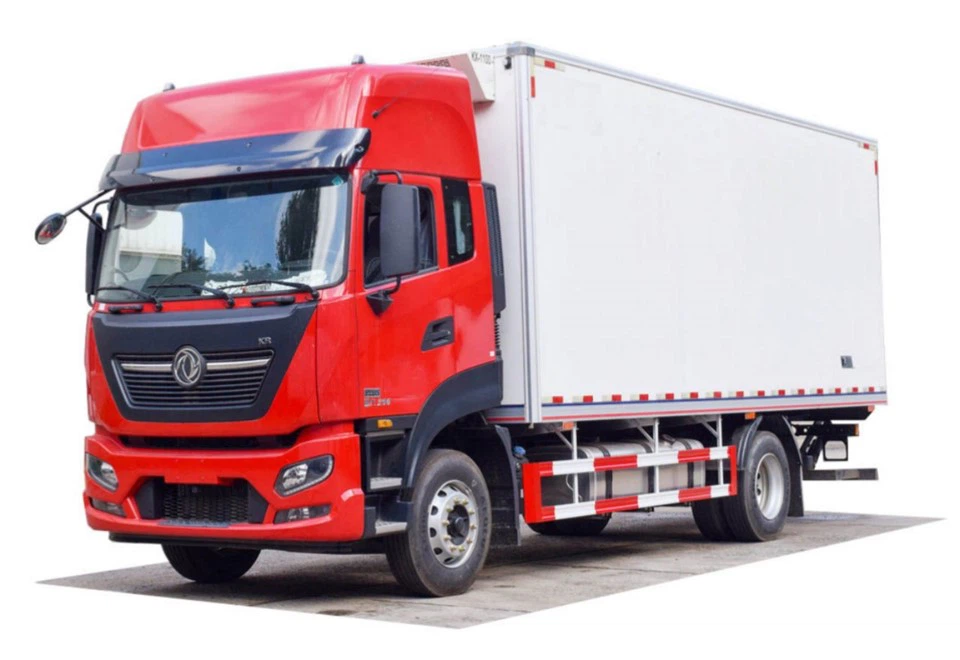The Ultimate Guide to Delivery Trucks: Types, Benefits, and Best Practices

Introduction
In an era where e-commerce is booming, delivery trucks have become the backbone of logistics and transportation. From small packages to large freight, these vehicles are essential for businesses of all sizes. In this comprehensive guide, we will explore the world of delivery trucks, covering various types, their applications, maintenance practices, and much more to help you understand their critical role in modern supply chains.
1. What is a Delivery Truck?
A delivery truck is a vehicle designed to transport goods from one location to another, typically within a defined geographic area. These trucks come in various shapes and sizes, depending on their intended use. They are predominantly used for last-mile delivery, connecting fulfillment centers with the consumer’s doorstep.
2. Types of Delivery Trucks
2.1. Cargo Vans
Cargo vans are enclosed vehicles used for transporting small to medium-sized goods. They offer a significant amount of cargo space and are often used by local businesses for quick deliveries.
2.2. Box Trucks
Box trucks, also known as cube trucks, feature a separate cab and cargo area. These trucks are ideal for transporting larger items like furniture and appliances.
2.3. Flatbed Trucks
Flatbed trucks are characterized by an open trailer design with no sides or roof. This style is suitable for transporting heavy or oversized loads that cannot be easily secured within an enclosed space.
2.4. Refrigerated Trucks
Refrigerated trucks, or reefer trucks, are equipped with cooling systems to transport perishable goods that require temperature control, such as food and pharmaceuticals.
2.5. Electric Delivery Trucks
With the rise of environmental awareness, electric delivery trucks are becoming popular. These trucks reduce carbon emissions and are designed for urban delivery applications.

3. Benefits of Using Delivery Trucks
3.1. Efficiency in Deliveries
Delivery trucks are tailored for transporting goods, enabling businesses to provide quicker and more efficient services to customers.
3.2. Cost-Effectiveness
Using delivery trucks can reduce transportation costs, especially for local deliveries. The investment in a good delivery truck pays off through increased customer satisfaction and repeat business.

3.3. Versatility
Delivery trucks can handle various types of cargo, making them suitable for businesses across different industries, from retail to food distribution.
4. Choosing the Right Delivery Truck
4.1. Assessing Your Business Needs
Consider the size and type of goods you will be delivering. For small packages, a cargo van may suffice, while larger items may require a box truck.
4.2. Fuel Efficiency
Fuel efficiency is a crucial factor in minimizing operational costs. Evaluate the miles per gallon each truck offers, especially if your delivery range is vast.
4.3. Cost of Ownership
Calculate the total cost of ownership, including the purchase price, insurance, maintenance, and fuel costs, to ensure the truck fits within your budget.
5. Delivery Truck Maintenance Tips
5.1. Regular Inspections
Conduct routine checks on tires, brakes, lights, and fluid levels to ensure your delivery truck is roadworthy.
5.2. Keep Records of Maintenance
Document all maintenance activities and repairs to track the health of your vehicle and anticipate future needs.
5.3. Invest in Quality Parts
Use high-quality parts and fluids to extend the longevity of your truck. Investing up front can save costs later on.
6. Delivery Route Optimization
6.1. Using GPS Technology
Modern GPS systems can help optimize delivery routes, minimizing travel time and fuel consumption. Utilize route planning software to streamline your deliveries.
6.2. Analyze Traffic Patterns
Understanding local traffic patterns can help you avoid delays. Aim for off-peak delivery times when possible.
6.3. Driver Training
Invest in training drivers on efficient driving techniques, which can lead to significant improvements in fuel economy and delivery times.
7. Regulatory Considerations for Delivery Trucks
7.1. Licensing and Insurance
Ensure all delivery trucks comply with local regulations regarding licensing and insurance. This protects your business from legal issues.
7.2. Emission Standards
Be aware of emission standards set by local governments, especially for electric trucks or those operating in urban zones.
7.3. Weight Regulations
Understand weight limits for different roads to avoid fines and potential damage to your delivery vehicle.
8. Technology and Innovations in Delivery Trucks
8.1. Smart Delivery Systems
Emerging technologies, such as IoT devices, are being integrated into delivery trucks to track deliveries in real-time, improving transparency and efficiency.
8.2. Autonomous Delivery Trucks
The future of delivery trucks may include autonomous vehicles, reducing the need for human drivers and optimizing route management.
8.3. Enhanced Safety Features
New safety technologies, such as collision avoidance systems and lane-keeping assist, are becoming standard in modern delivery trucks, helping to reduce accidents.
9. Environmental Considerations
9.1. Electric vs. Diesel Delivery Trucks
Transitioning from diesel to electric trucks can significantly reduce your carbon footprint. Consider the environmental impact when choosing your delivery vehicle.
9.2. Recycling Programs
Implement recycling programs within your delivery operations to minimize waste generated from packaging materials.
9.3. Sustainable Practices
Adopt best practices for sustainable delivery methods, such as route consolidation and using eco-friendly packaging materials.

10. Practical Examples and Case Studies
10.1. Local Bakery Delivery
A small bakery uses a cargo van to deliver fresh bread and pastries. They optimize deliveries by scheduling early morning routes to beat traffic.
10.2. Furniture Store Logistics
A furniture store employs box trucks for large item deliveries, conducting regular preventive maintenance checks to ensure reliability.
10.3. Grocery Store with Electric Trucks
A grocery store has transitioned to a small fleet of electric delivery trucks, reducing operational costs while appealing to environmentally conscious customers.
FAQ
FAQ 1: What is the best delivery truck for small businesses?
The best delivery truck for small businesses often depends on the nature of the goods being transported. Cargo vans or small box trucks are typically ideal for quick, local deliveries.
FAQ 2: How can I improve delivery efficiency?
Improving delivery efficiency can involve optimizing routes using GPS, training drivers on efficient practices, and investing in reliable delivery vehicles.
FAQ 3: Are there tax benefits for using electric delivery trucks?
Yes, many countries offer tax incentives for using electric vehicles, including delivery trucks. It’s wise to consult with a tax professional to understand the specifics.
FAQ 4: How do I ensure my delivery truck complies with regulations?
To ensure compliance with regulations, keep up-to-date on local laws regarding vehicle licensing, emissions standards, and weight regulations. Regularly review and maintain your vehicles to meet these standards.
FAQ 5: What is the average lifespan of a delivery truck?
The average lifespan of a delivery truck is typically between 10 to 15 years, depending on maintenance, usage, and the type of vehicle.
FAQ 6: What features should I look for in a delivery truck?
Look for features such as cargo space, fuel efficiency, reliability, safety features, and maintenance history when selecting a delivery truck.
